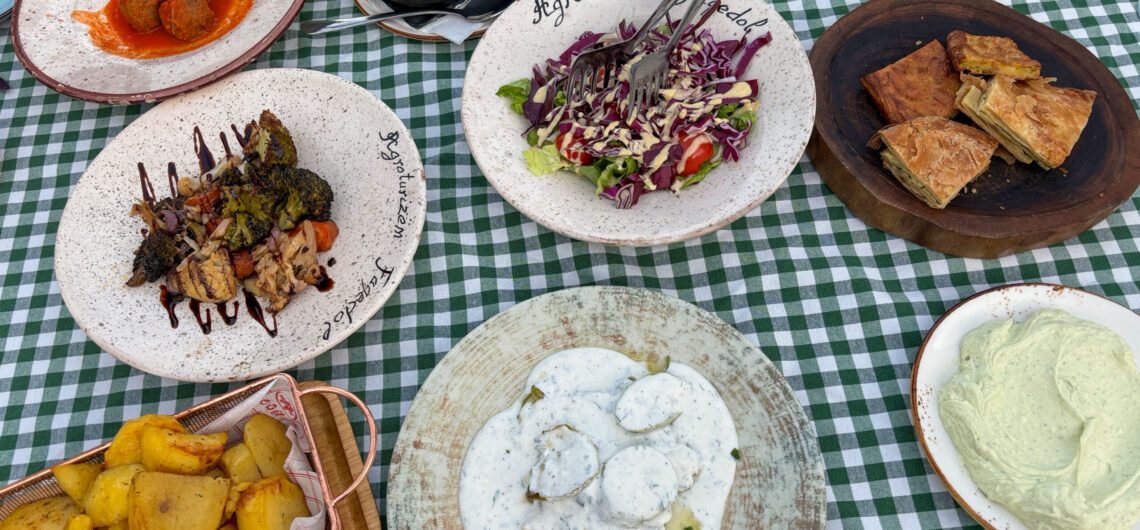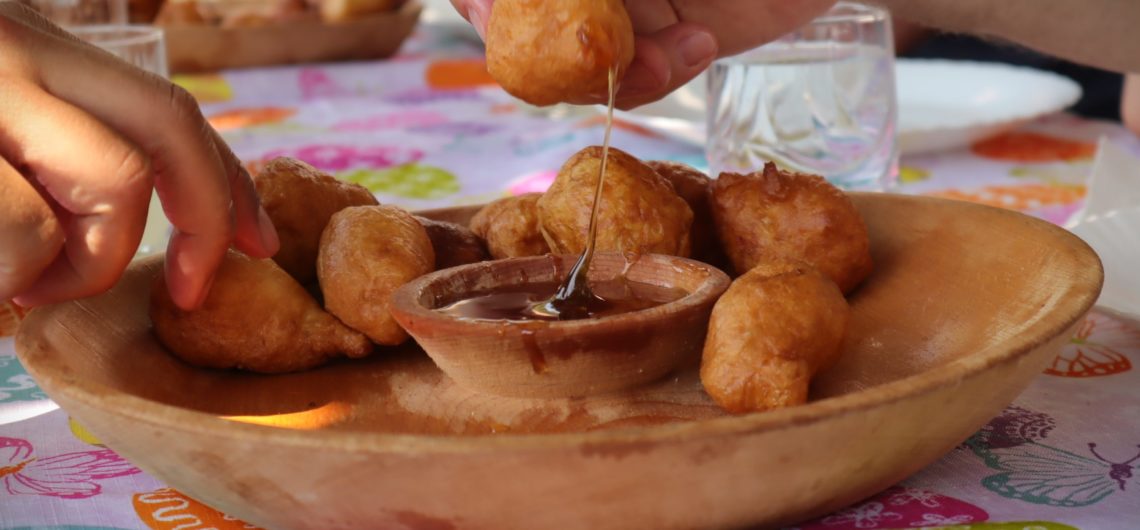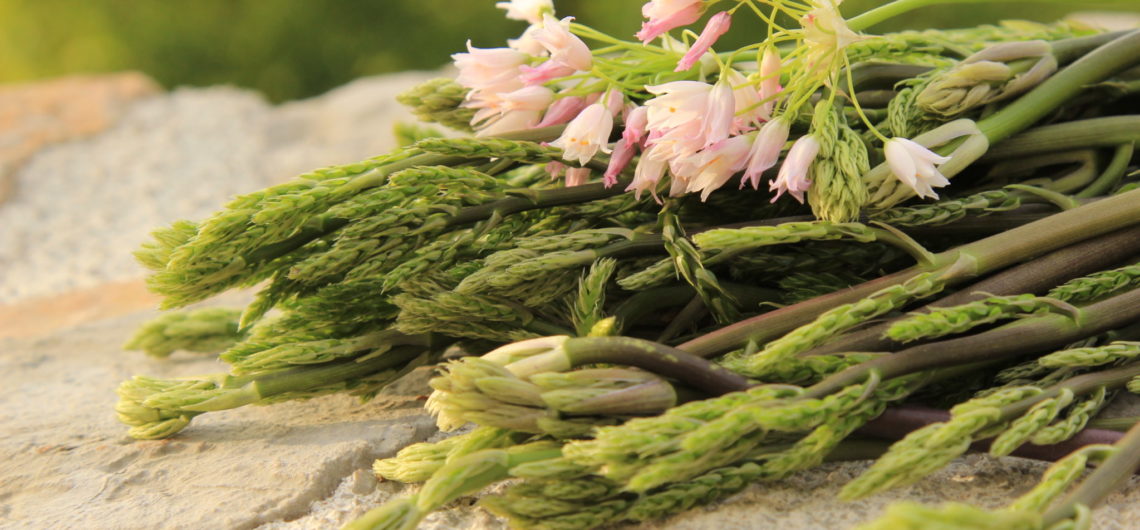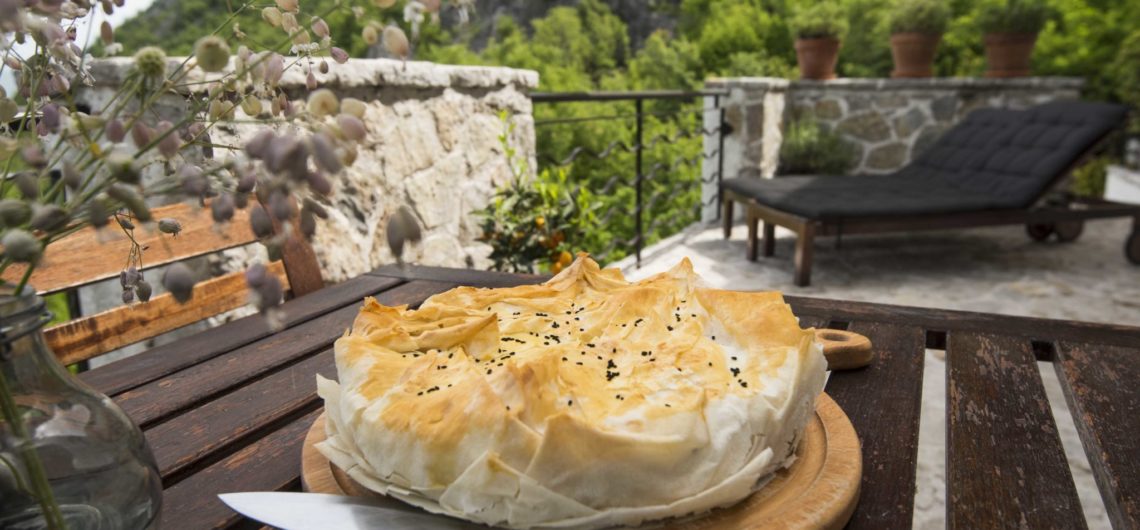Albania is a great destination for foodies. From hearty meat dishes to fresh vegetables and quaffable wines to wash it down with, food is at the heart of the culture. You will never go hungry on Albanian food, that’s for sure. But where do you start? Here’s our guide to traditional Albanian dishes and wine,
This recipe for priganice dough balls is delicious! Unexpected, delicious new foods are one of the best bits of travelling. One dish which continually delights and surprises our guests is ‘priganice’ (that’s the name for these dough balls in Montenegro, but every country in the Western Balkans has their equivalent, from uštipci in Serbia to
As the pandemic has forced us all to slow down and take stock, more of us are beginning to consider the food we eat, our supply chains and how we can produce and make things at home. Learning how to identify and harvest wild asparagus with our friend Ilija in woodland by Lake Skadar connected
How we’ve started ‘foodie foraging’ and a recipe for Wild Greens Pie Foraging for wild edible food is a huge and popular tradition here in Montenegro! So many of our local friends know exactly where and what to pick in nearby woods and fields, from wild leafy greens like nettle and garlic to serve in




